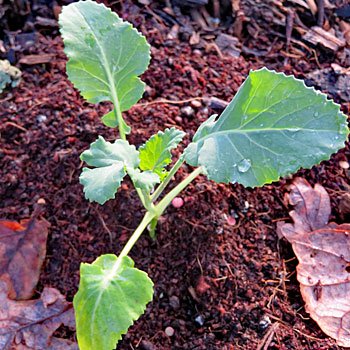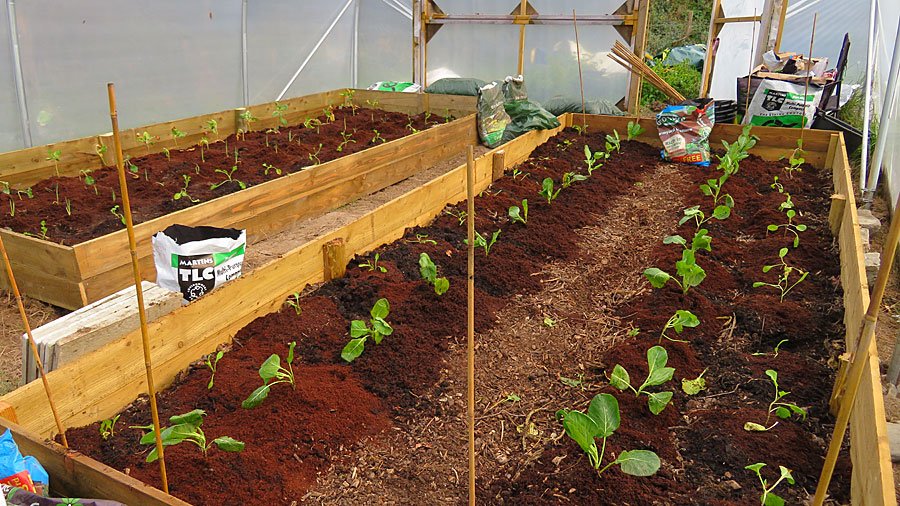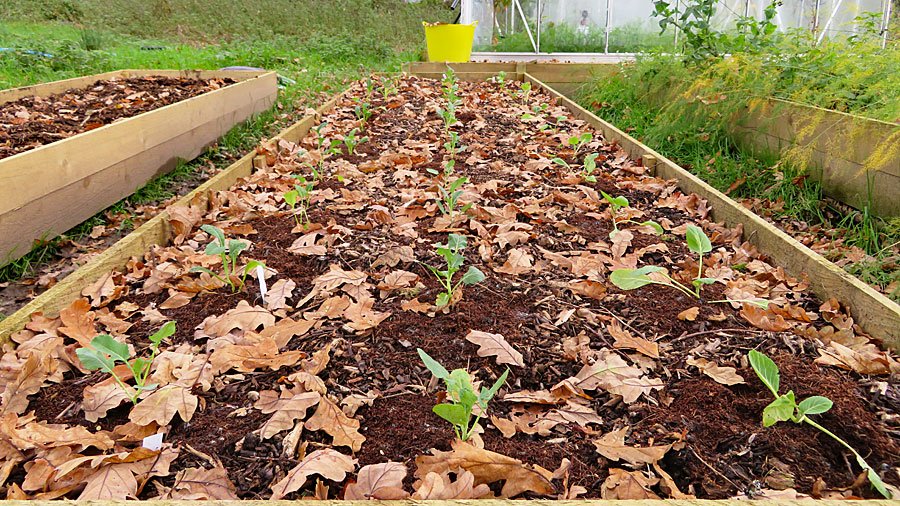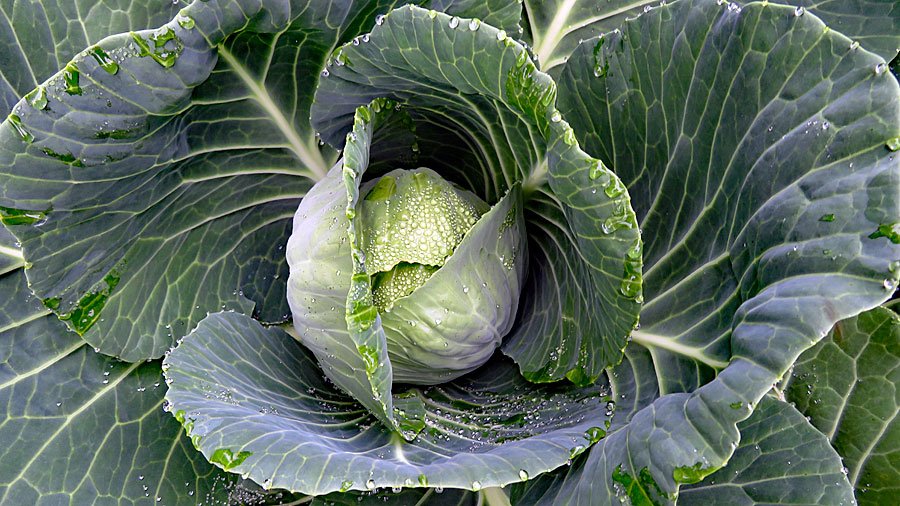
This autumn I am planting nearly 500 brassica plants - cabbages, broccoli, brussel sprouts, cauliflower and kale.
A third of these are in the polytunnel and the rest outside.
This might seem a lot.
Indeed I had intended on putting in just 300 but then I got given 200 cabbage plants for free.
There is a plan. Originally I was going for :
- 60 cabbages
- 60 brussel sprouts
- 60 broccoli
- 60 cauliflower
- 60 kale
Having some in the polytunnel, and some outside, I am hoping I will get a harvest from all these from early March through to June.
We will be eating them fresh as we harvest and then freezing enough to carry us through the rest of the year - even if we don't plant any summer croppers.
Allowing for a few failures we will be producing the equivalent of one of each of the brassicas per week.

Now with the additional 200 cabbages we will also have plenty for making sauerkraut.
Since my bad experience with sauerkraut as a teenager in the red-light district of Amsterdam I had avoided it for 40 years. Then last summer in the interests of my microbiome I decided to give it another try. We made our own and it was fantastic.
Now my sauerkraut addiction needs regular feeding.
I am also hoping we will have a surplus to give away. My ultimate target for the homestead is to produce enough food for four families.
To get all these plants in I will be utilising just about every raised bed in the two gardens. The only ones that won't be brassica'd will be the four with asparagus, carrots, chard and leeks.

Shouldn't they be resting?
There is a line of gardening wisdom that says you should let your beds rest over winter.
That is valid but I am bypassing that by using a strategy of 'rising raised beds'.
My raised beds were originally 9 inches in height, now they are being increased to 12 inches.
That allows me to add more compost and soil into the beds throughout the winter. So rather than resting the beds I am replenishing them and building new soil layers all the time.
I try to follow nature with this. Nature doesn't cover the ground with black plastic over winter to let it rest, instead she drops leaves on it and keeps building soil.
Why not plant in the spring?
I guess I'm gaming nature on this one.
Last autumn I put in eight cauliflower plants. They didn't do much over winter but come spring they started growing and growing. In May we harvested some beautiful, unblemished cauliflowers.
We beat the cabbage white butterflies and their naughty little caterpillars. And by and large we beat the slugs - they were still finding their feet whilst the caulis got big and bold.

So that is part of my winter brassica planting plan - to beat the bugs.
It is also to maximise the return on my investment. I have put a lot of time and resources this year into constructing the polytunnel, building the raised beds and improving the soil.
I do pursue quite an intensive growing culture. It is intensive but also totally organic.
As I put a lot in, I am looking for a lot out. I am aiming for a minimum of two crops a year out of the beds - possibily with a short sneak crop like lettuce or radish in between.
Nature never stops growing. I'll do the same.
Brassica Independence Day
In my ongoing quest for self reliance and self sufficiency I have a concept of Independence Days.
This is the point for a particular food stuff - be it eggs, onions or blueberries - when we no longer need to buy it from a shop.
We celebrated Egg Independence Day about 4 years ago, Onion Independence Day came last year, Lettuce and Microgreens came this year and we might just make Potato Independence shortly.
Next year, with our new growing capacity in the polytunnel, greenhouses and additional raised beds, a few more Independence Days are going to be added to the calendar.
Long live the brassica, down with the global corporate food industry.
You say profit, I say cabbages...

You might also be interested in some of my other posts :
Investing in the Future of our Homestead and the Economics of Raised Beds
Every Picture Tells A Story : Beauty, Buffalo, Burial & Branston
The Steemit Guide to Homesteading : a Global Adventure in Collaborative Curation
Homesteaders & Preppers on steemit - 230 members and rising - v9 [08 Oct '17]
SteemTowns - connecting the virtual with the reality - would it be possible?
[all images by @pennsif]
